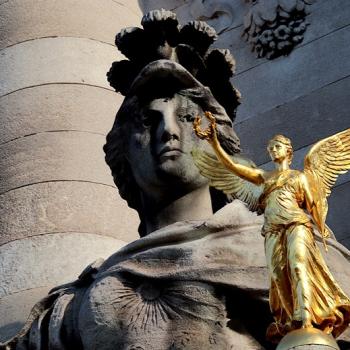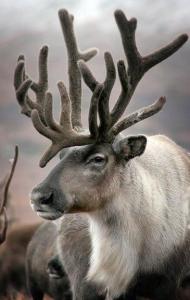In what way can we tell how the ancients made offerings? Simply because their offering hordes have been discovered and written about by authors through time. We have physical examples of offerings as well, including whole people who were offered into bogs after receiving three of these treatments. This was called the triple death. Insinuating that the most important offerings are drowned, broken, and then cut.
These treatments, to put it simply, make an offering devalued in this realm, and transmuted to the realms where we direct our ritual poetry.
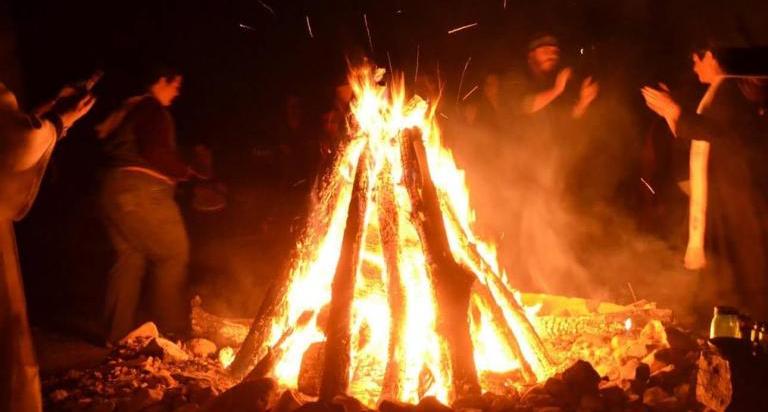
Archeological Evidence
Lucan has a poem which refers to a nemeton at Marseille in which the shrines were heaped with hideous offerings and the trees were sprinkled with blood. This sets the tone for awe, which is a reverent fear for the gods. When making sacrifice, we try to be both joyous, and have this awe present. If you’ve read Tacitus fetter grove accounts, that’s the level of awe in which we try to carry into ritual.
Bent
In Woodeaton six spears were ritually bent as offerings. In Belgium, Gaulish Celts ritually bent swords to make them ‘fit’ for the otherworld.
Broken
A ritual practice at Gaulish Shrines was to ritually smash axes to the divinities.
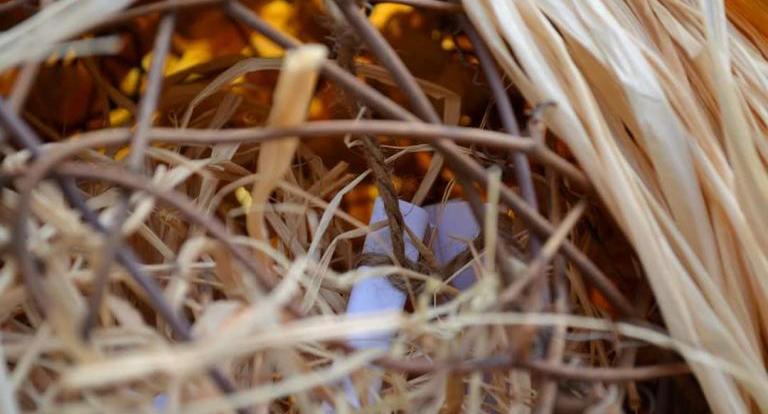
Buried
A ritual site at Frilford in Oxfordshire shows offerings of miniature swords and shields, a ploughshare, and probably other things buried in six post holes.
A mythological example would be from Odysseus’ consultation with ghosts on the shore where he must dig a hole and make offerings into the shaft.
Burnt
According to Strabo, The wicker man was ritually burned, and was lit with arrows with offerings placed inside. There are Czech remains of images of gods on two upright timbers being ritually burned. Offerings were placed inside tree trunks and burned to Taranis. In the agnihotra ritual, all offerings are burned because agni is fire and only consumes offerings by fire.
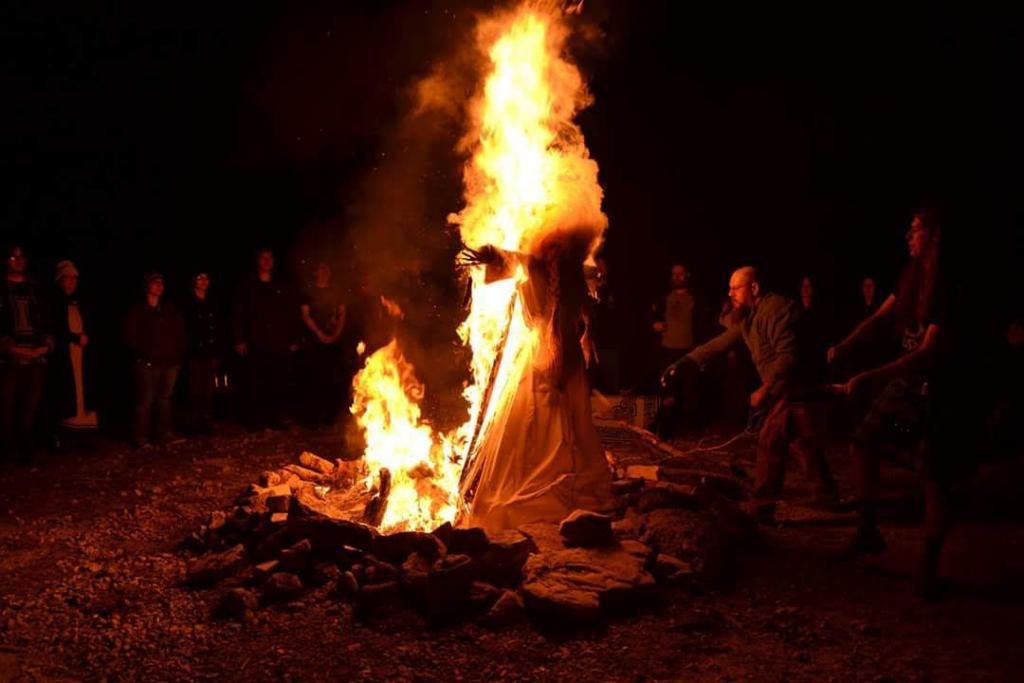
Cut
In the peat bog sacrifices in Britain, the victim is poleaxed, garotted, and his throat is cut. These are not the final acts of sacrifice, I think, but prepare the sacrifice for otherworld fittedness. The final offering, likely is when the body is plunged into the water that becomes the bog. In Juthe Fen, Jutland a woman sacrifice victim is found. Our best theories are that these people where stately, traveled and rich.
Drowned
In Celtic Denmark, priests offered their cauldrons in Bra and Rynkeby into underwater deposits.
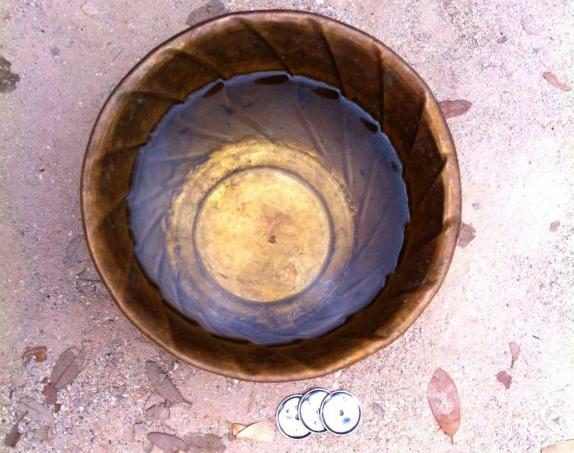
Precious objects were deposited in en masse into lakes. Weapons and shields were especially linked to being drowned in water. Strabo mentions a horde of gold in a sacred lake to the gaulish god Volcae Tectosages at Toulouse in 106 B.C.E. Strabo says that these were given to the gods of the winning side and were considered so sacred that such hoards need not be guarded as no one would plunder them.
Poured
Countless poems, mythological references to pouring offerings exist. Naturally, we cannot find any poured evidence of offerings so late in history. But even the idea that alcohol is called spirits is an indo-european pagan one, and so ritual offerings of alcohol, are one of the proper ways to share in treatment with spirits.
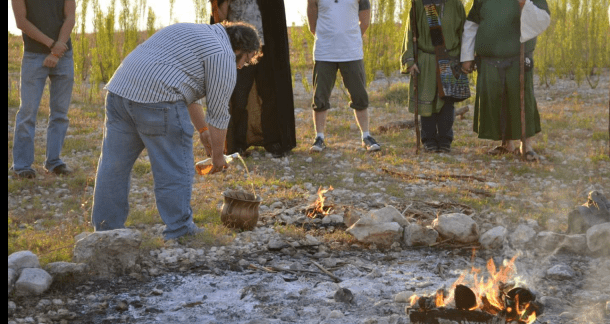
Colonial Tendencies in Modern Pagan Offerings
A while back, I posted pictures of an effigy burn we performed for Imbolc. Several people had a problem with it. From my studies and this evidence, it is from a non-pagan worldview that people experience discomfort when sacred things are treated in the above manner. Such thinking is reinforced by our overculture’s christian colonial materialist worldview. But studied pagans, elite and layman alike, know that the nature of sacrifice and the gifting cycle doesn’t work in such a worldview.
While I still think such a reaction is confusing, I can’t say I don’t understand it anymore. With my two previous articles on colonialism in your pagan worldview, something our ancestors wouldn’t have suffered from, I feel like when these questions are simply met with the answer that enough paganization of worldview hasn’t occurred in some people.
The key to this is, if you are not well studied, try to understand what well studied pagans have to say. There are non-draconian reconstructionists, like me, whom still place a value on a continued lifetime of studying paganism. We are all people who want to do as our ancestors did, but to do that you must work at it or look to those working at it for answers. The intuitive solutions, theories and answers we come up with before a we study, comes from the over culture and not from paganism.
So everything is on the table for investigation and judgement. Nothing can hide from our discernment, it’s all up for grabs. People who have pet theories which the evidence conflicts with are not going to have a good time reading this blog. I don’t like pet theories, I treat theories as cattle, especially my own.
Sources
The Gods of the Celts, Miranda Green





